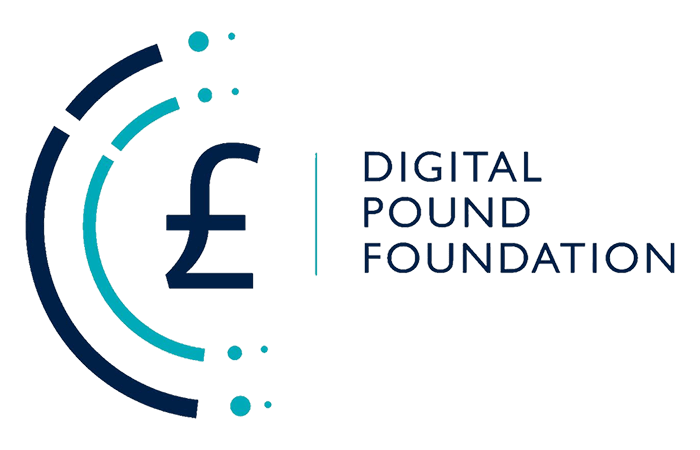Source: Cointelegraph
The Central Reserve Bank of Peru (CRBP) has published a paper that it said will be the first in a series to examine the need, design and timing of a Peruvian central bank digital currency, reported John Kiff, research director at the Sovereign Official Digital Association (SODA). His report concentrates on issues relating to a retail CBDC.
The status quo of competing payments systems in Peru is untenable, the CBRP wrote, but the introduction of a CBDC, combined with new policies to improve the access and interoperability of existing systems, would help the central bank overcome barriers to financial inclusion and lower costs for transactions. According to the report:
“The objective of a CBDC within the framework of the payment system in Peru is to give the unbanked population access to digital payments, so it is important to know their characteristics to prepare an implementation strategy.”
Peru has serious obstacles to overcome. About half the country’s population is unbanked. Three-quarters of the unbanked live in “non-poor” households, but almost 79% of them have no savings. They live mainly in urban areas and almost all of them work informally. Almost all the unbanked have mobile phones.
Nonetheless, the use of digital payments in Peru has increased fivefold since 2015, the report said.
En el Perú, han ocurrido tres eventos que dan luces de hacia donde va el sistema financiero peruano de la mano de blockchain.⛓️
— Blid (🌸, 🌿) | .lens (@blid_one) April 3, 2023
Abro 🧵:
1⃣ El Banco Central de Reserva del Perú publicó el primer documento "CBDC : Impulsando los pagos digitales en el Perú”
The current report marked the end of the first step out of five steps in the potential production of a CBDC, the report said. No timeline for CBDC development was mentioned. The CBRP also released a 25-question survey of potential users, due April 30.
Peru received technical assistance in the creation of the report from the International Monetary Fund under an agreement reached in May 2021. CBRP President Julio Velarde announced in November 2021 that the country would cooperate with India, Singapore and Hong Kong to develop a CBDC.
SODA is a technology-agnostic firm that provides advisory services on central banking, digital finance and the Web3 industry. Kiff is a former IMF section expert.






